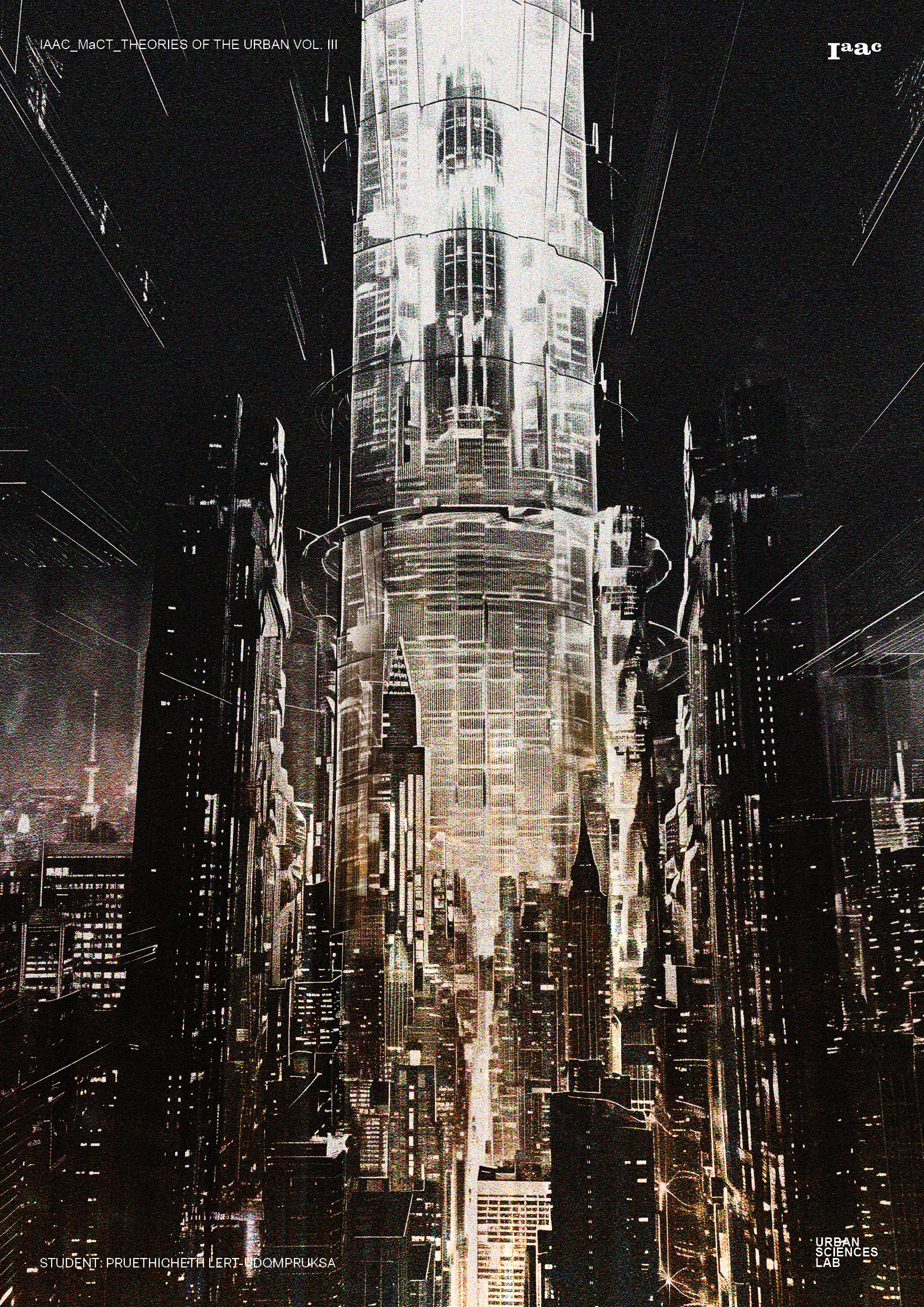
In the realm of speculative urban design, the fusion of cyborg skyscrapers and utopian visions offers a captivating journey into the convergence of reality and imagination. Inspired by Fritz Lang’s timeless sci-fi masterpiece ‘Metropolis,’ I embark on a deep dive into the intricate relationship between design, urbanization, and speculative fiction.
Metropolis, Fritz Lang (1927)
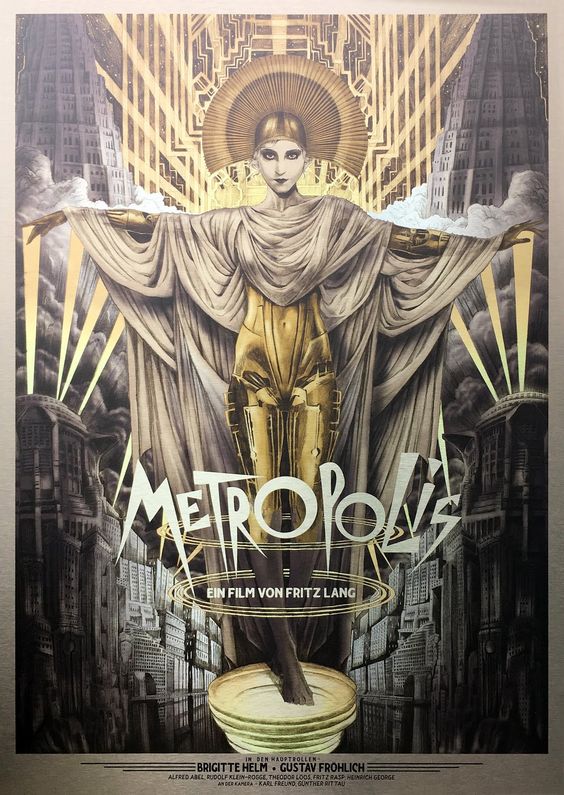
“Metropolis” is a landmark 1927 German expressionist science fiction film directed by Fritz Lang. Set in a futuristic urban dystopia, the film portrays a divided society where the wealthy elite live in luxurious skyscrapers while the oppressed working class toil underground. The story follows Freder, the son of the city’s ruler, who discovers the harsh realities faced by the workers and seeks to bridge the gap between the classes.
At the heart of the narrative is the iconic Tower of Babel, a towering skyscraper that symbolizes the stark division between the privileged and the oppressed. The film explores themes of class struggle, social inequality, and the dehumanizing effects of industrialization. Through stunning visual effects and groundbreaking special effects, “Metropolis” offers a visually arresting depiction of a futuristic cityscape.
Despite facing initial criticism upon its release, “Metropolis” has since been recognized as one of the greatest films of the silent era and a masterpiece of cinema. Its influence can be seen in countless works of science fiction and dystopian literature, cementing its place in cinematic history.
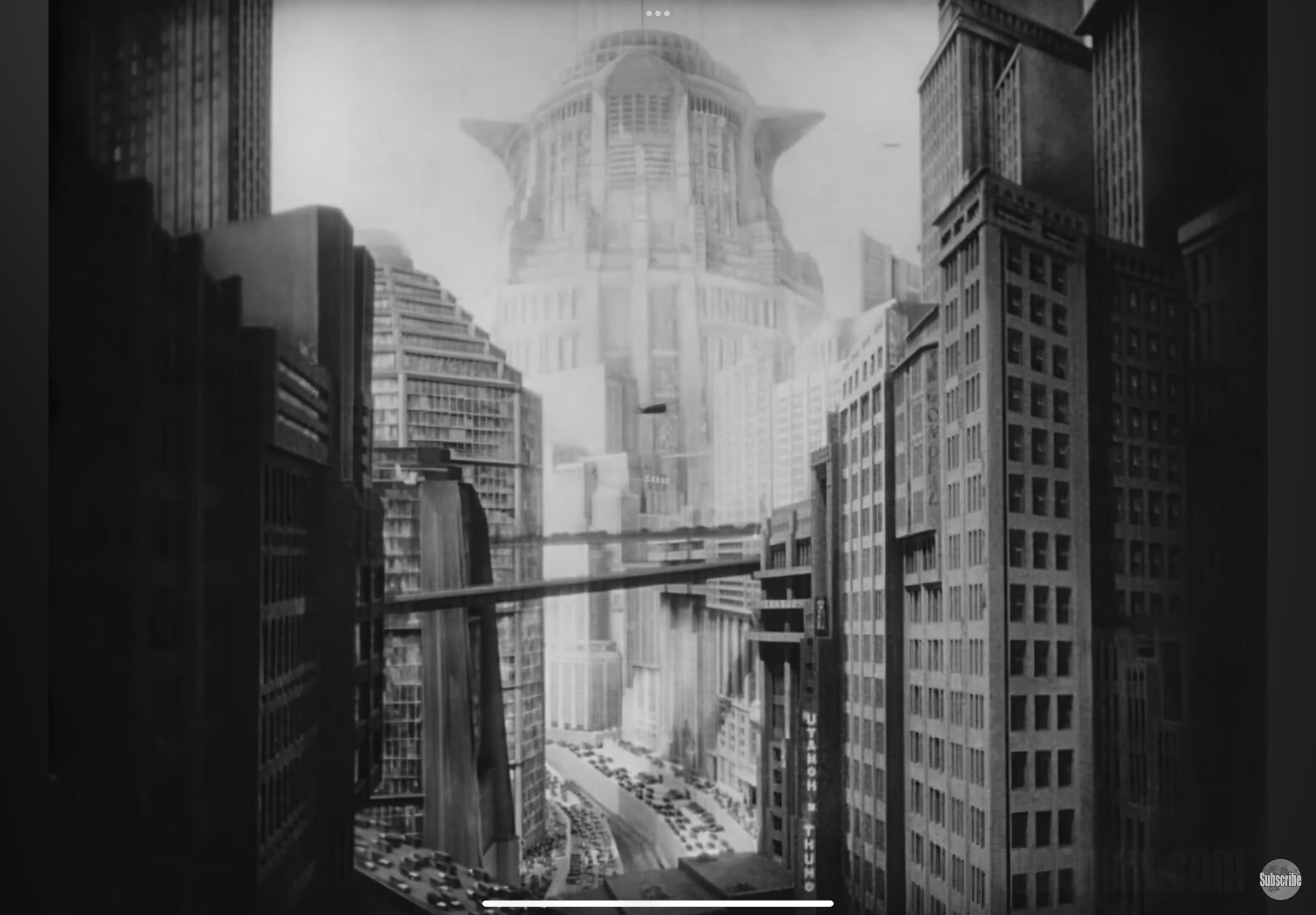
Future skyscraper: ‘Colossal, Awkward Towers’
Delve into a future scenario, Colossal, Awkward Towers: In this future, skyscrapers defy traditional architectural norms, contorting themselves into bizarre shapes to accommodate demands for light rights and viewing corridors. Parametric engineering enables these structures to adapt seamlessly, though their unconventional forms may appear awkward and apologetic. Despite their eccentric appearance, these supertalls offer a unique blend of modern amenities and nostalgic detailing, reminiscent of museum-style architecture.
Sustainable Environmentalism: Regulations in this future embrace sustainable environmentalism, driven by regulatory capture by global vendors. While rights delays may lead to cost overruns, the overall financial outlook for large-scale construction remains robust. These towers prioritize sustainability, offering well-lit, wheelchair-friendly spaces with dependable services—a testament to the intersection of environmental consciousness and urban development.
Key words
- Cyborg:
Haraway, D. J. (1991). “A Cyborg Manifesto: Science, Technology, and Socialist-Feminism in the Late Twentieth Century.” In Simians, Cyborgs and Women: The Reinvention of Nature (pp. 149-181). New York: Routledge.
An intricate exploration of the concept of the cyborg. She defines a cyborg as a cybernetic organism, a hybrid of machine and organism, existing as a product of both social reality and fiction. In Haraway’s vision, the cyborg transcends traditional boundaries between human and machine, blurring distinctions between the organic and the artificial. The cyborg embodies the potential for hybridity, offering a new way of conceptualizing identity, embodiment, and agency. By challenging conventional notions of what it means to be human, the cyborg becomes a powerful symbol of technological transformation and social change. - Utopia, THE CITY-UTOPIA NEXUS:
More, T. (1516). “Utopia.” (Translated by Paul Turner). New York: Penguin Classics.
An idealized society or community characterized by social harmony, equality, and justice. More’s utopia is portrayed as a fictional island society where citizens live in communal harmony, share resources equally, and enjoy a high standard of living. The term “utopia” itself is derived from the Greek words “ou” (not) and “topos” (place), suggesting an “no-place” or an idealized imaginary realm. More’s work explores various aspects of this ideal society, including its governance, legal system, economy, and social customs, offering a critique of the political and social realities of his time.
Project reference: The Line
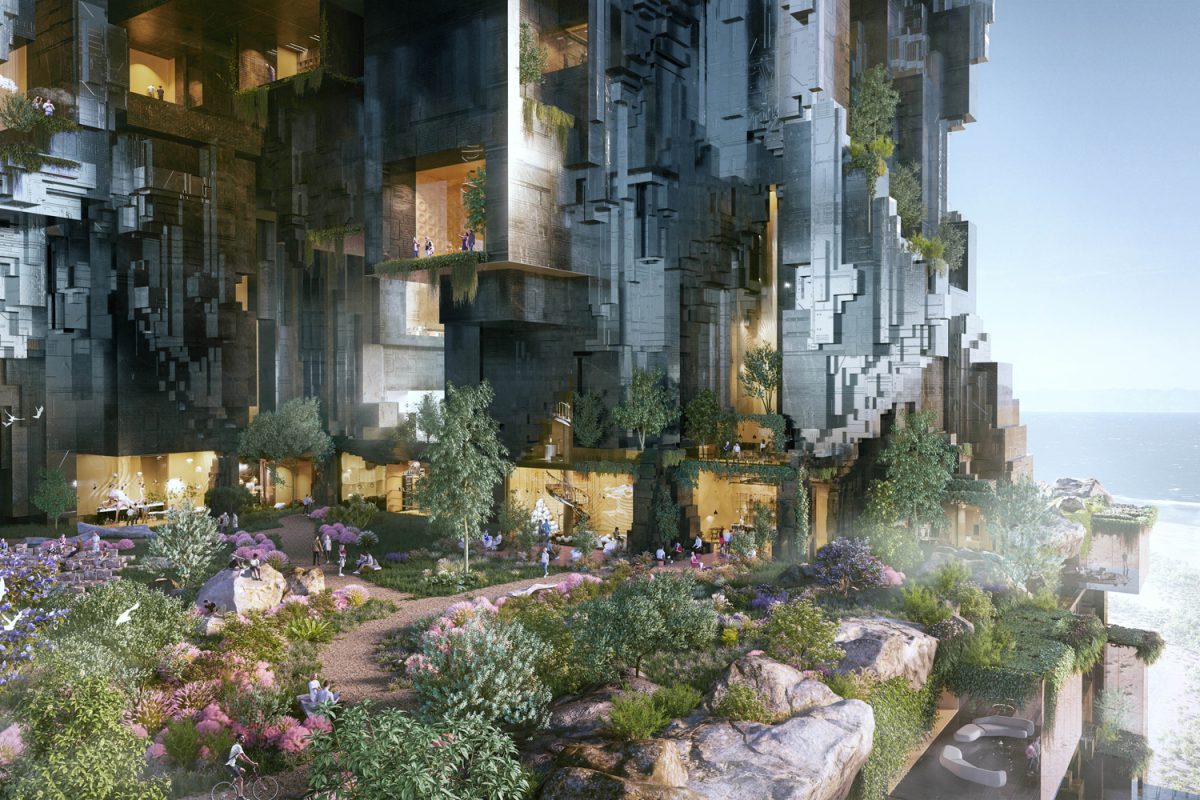
The Line project is a futuristic urban development initiative announced by Saudi Arabia’s Crown Prince Mohammed bin Salman as part of the larger Neom project. It aims to create a revolutionary linear city that stretches 170 kilometers (about 105 miles) and is entirely powered by renewable energy sources.
The Line project is designed to prioritize sustainability, livability, and innovation. It envisions a city that is free of cars and carbon emissions, with green spaces, pedestrian walkways, and high-speed transit systems. The city will be divided into multiple zones, each focusing on different aspects of urban life, such as residential areas, commercial districts, and entertainment hubs.
The key concept behind The Line is to create a connected urban environment where residents can live, work, and play in close proximity, while minimizing the environmental impact of urbanization. By integrating cutting-edge technologies and sustainable design principles, The Line project aims to set a new standard for smart and sustainable cities of the future.
The Line project offers a blueprint for imagining a future utopia with cyborg skyscrapers inspired by “Metropolis.” Embracing sustainability and connectivity, The Line’s vision aligns with the film’s themes of societal divides and technological progress. It serves as a reference for creating visually stunning images that capture the fusion of human and machine elements in futuristic urban landscapes.
Outcome
“In the exploration of towering structures, we enter a world where urban society is propelled into complexity. Here, amid regulatory intricacies, emerges a novel architectural paradigm—an amalgamation of human ingenuity and technological prowess, striving for utopia.
Enter the cyborg skyscraper.
These monumental structures stand as central towers and the heart of the city’s cycle. They are like complete cities enclosed within buildings. Physically imposing, they undergo a metamorphosis through the integration of advanced cybernetic systems. They adapt to the ever-shifting political landscape, contorting into surreal configurations dictated by evolving demands—from the injustice and poverty of laborers in the depths of the underground levels to the skyscraper spaces for high society at the top, who have the right to control this enclosed city.
Awkward yet awe-inspiring, these cyborg skyscrapers herald a new era. Their surfaces blur the boundary between architecture and technology. Sustainability isn’t merely a goal but a fundamental aspect, with environmental consciousness ingrained into their design. The building management is controlled by machines but cannot function without human oversight.
Amidst progress, these edifices stand as symbols of innovation and resilience, embodying the utopian ideals of coexistence between humanity and machines. They provide a glimpse into a future where society thrives in harmony with its technological creations, shaping tomorrow’s urban landscape. Like the cyborg itself, they are central to the conflict between societal classes, symbolizing the struggle for power and identity in an ever-evolving world.
In ‘Metropolis,’ the towering skyscraper transcends its physical form to become a potent symbol of societal division. Echoing the legendary Tower of Babel, it embodies stark inequality between the elite and the oppressed, while also serving as a catalyst for the emergence of a new belief system—a fusion of human and machine—that challenges and reshapes the social structure.“
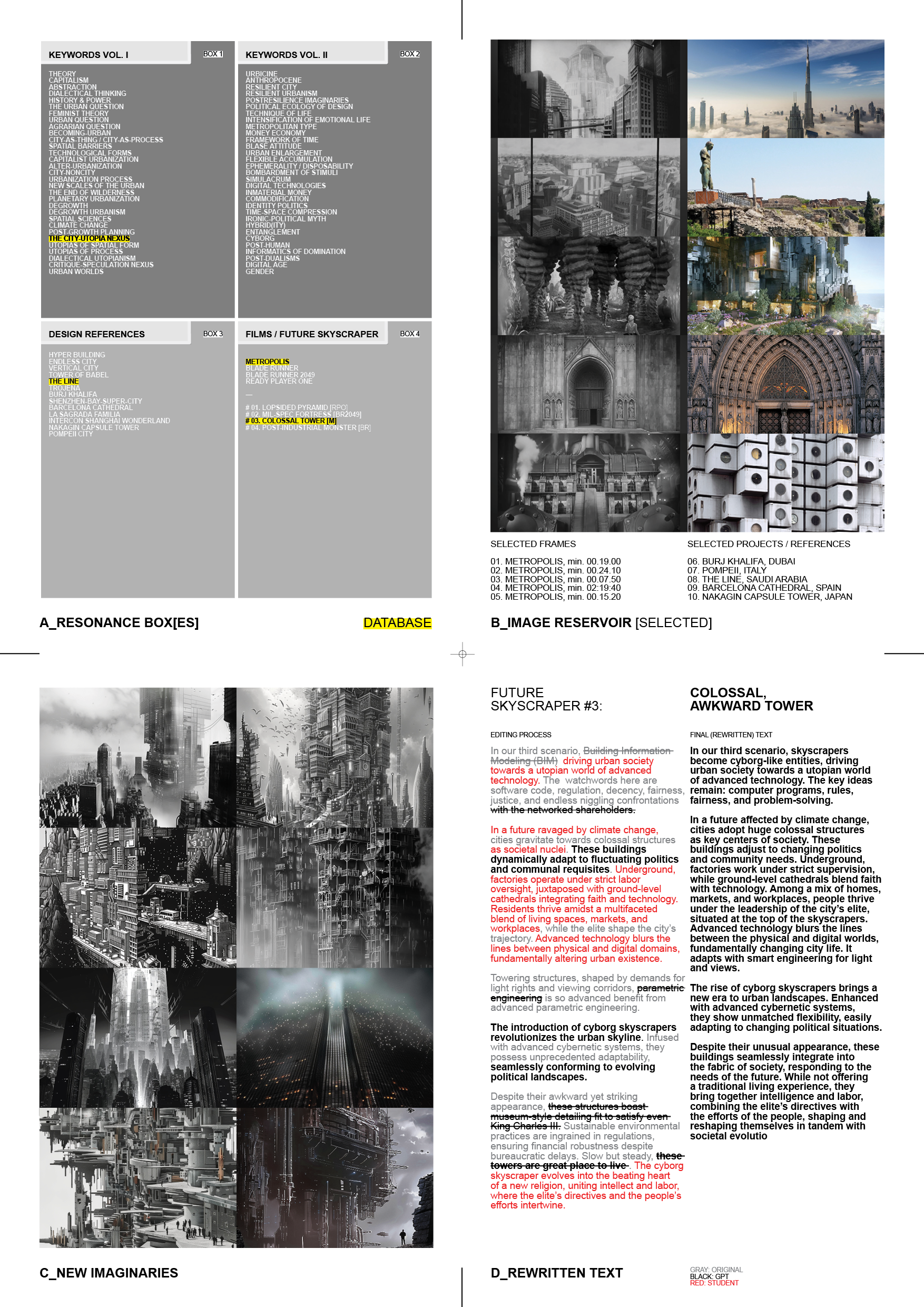
Conclusion
The symbolism of the Babel Tower in “Metropolis,” coupled with the synthesis of movie blurbs, image generation, and text synthesis, lays a robust groundwork for conceptualizing new scenarios of skyscrapers inspired by the film. The Babel Tower’s representation of societal fragmentation, technological advancement, and the pursuit of unity resonates deeply, offering profound insights into the potential trajectories of urban development.
Moreover, by incorporating projects such as The Line as sources of inspiration and image blending, I find that their vision of sustainability, connectivity, and technological integration adds a new layer of depth to the creative process. The Line’s emphasis on blending human and machine elements, along with its commitment to environmental consciousness, serves as a beacon for envisioning a future where urban landscapes seamlessly merge with innovative technologies.
In this light, I am empowered to reimagine urban environments that not only pay homage to the themes of “Metropolis” but also embrace the possibilities of the future. Through this creative endeavor, I can craft scenarios of skyscrapers that transcend traditional boundaries, serving as catalysts for societal transformation and narrative exploration. By leveraging the symbolism, imagery, and inspiration drawn from “Metropolis” and exist skyscraper like The Line, I embark on a journey to redefine the role of architecture in shaping the cities of tomorrow.
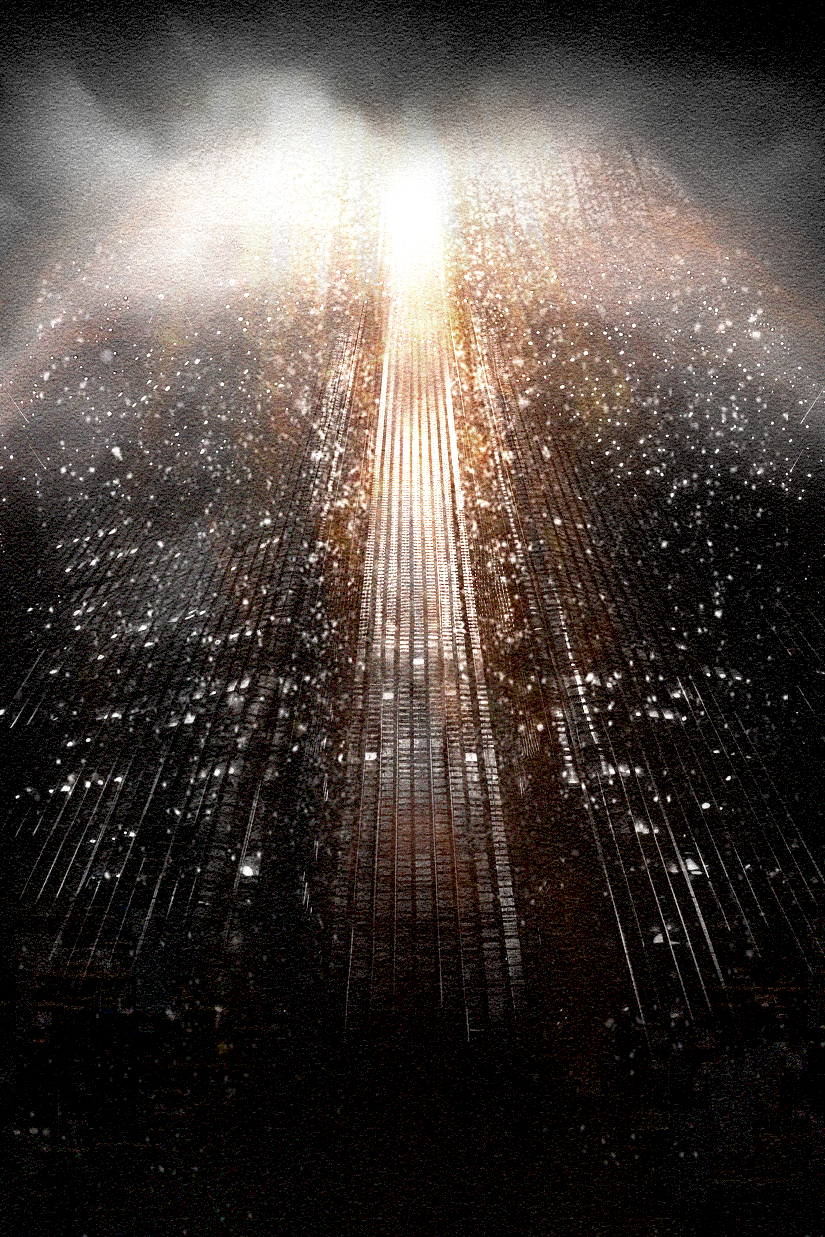
References
- Future skyscrapers
- Haraway, D. J. (1991). “A Cyborg Manifesto: Science, Technology, and Socialist-Feminism in the Late Twentieth Century.” In Simians, Cyborgs and Women: The Reinvention of Nature (pp. 149-181). New York: Routledge.
- More, T. (1516). “Utopia.” (Translated by Paul Turner). New York: Penguin Classics.
- THE LINE: a revolution in urban living (neom.com)
- Metropolis (1927) Full Movie | 4K Color Remastered: 2023 Colorized with The New Pollutants’ Score – YouTube

